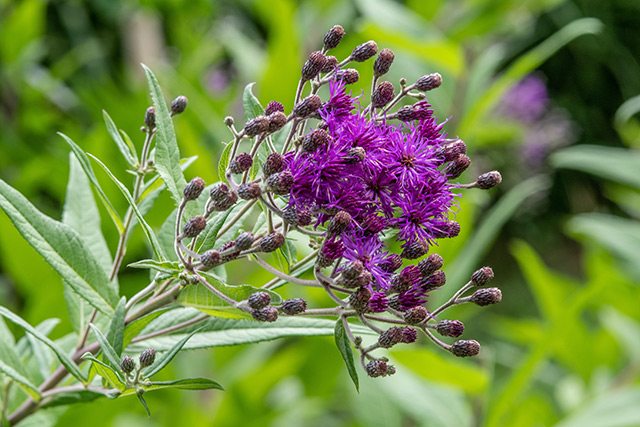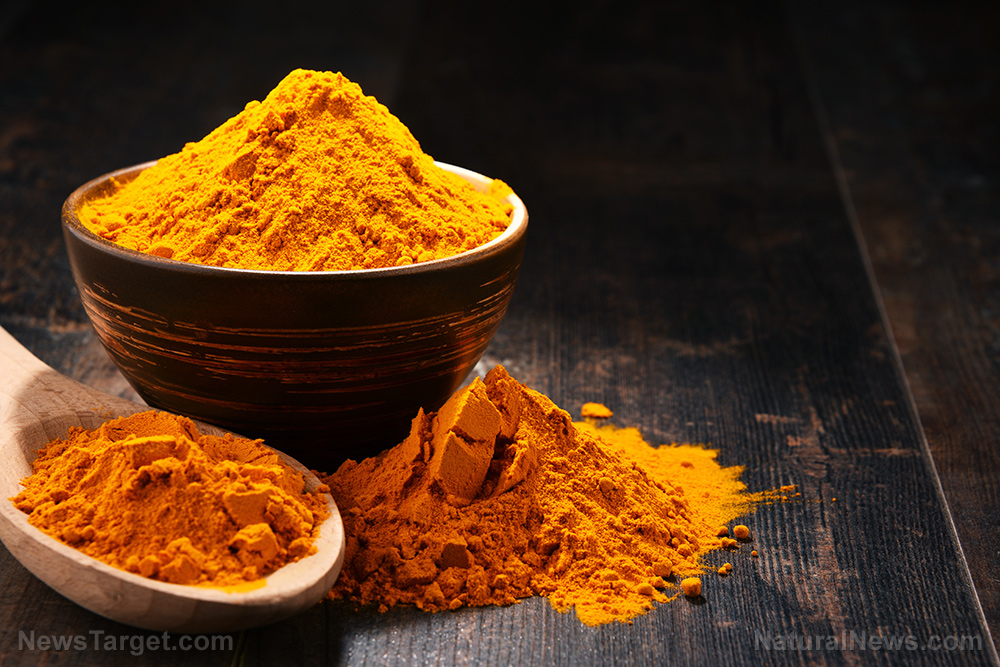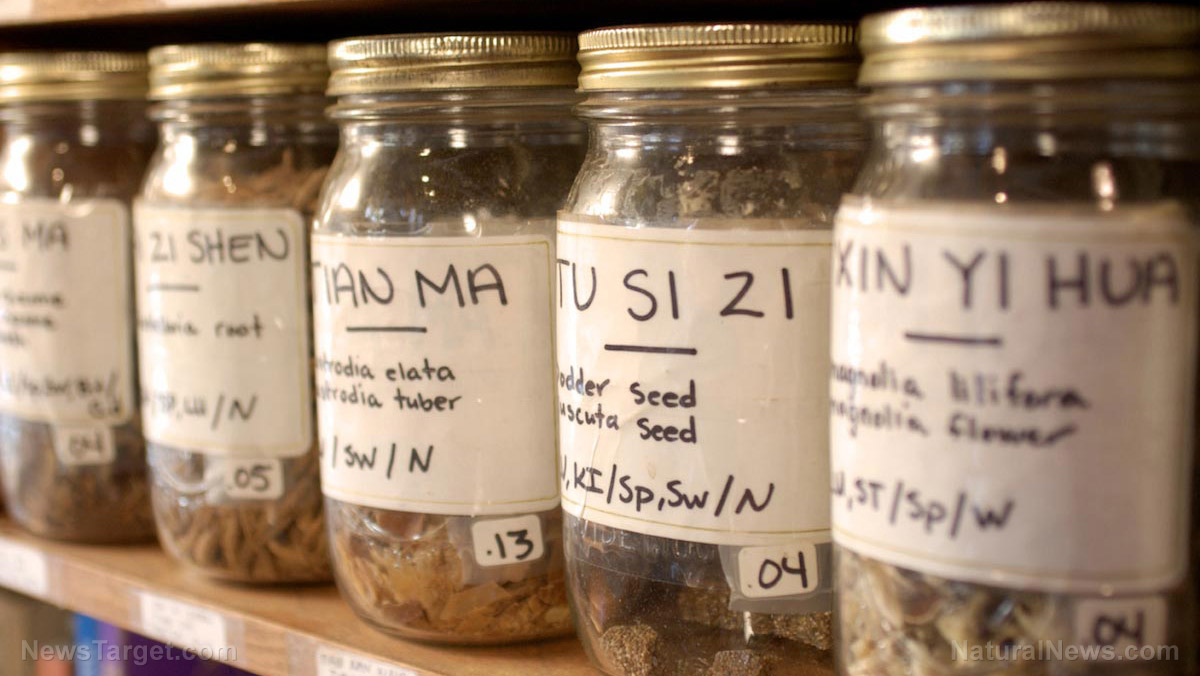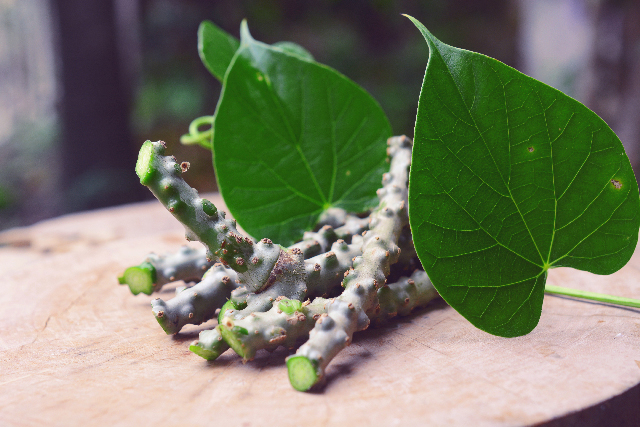The ethnomedicinal importance of ironweed
10/12/2018 / By Ellaine Castillo

A researcher from Savitribai Phule Pune University discovered that ironweed (Vernonia cinerea) exhibits antioxidant activity. This study, which was published in Free Radicals and Antioxidants, looked into the antioxidant activity of crude extracts acquired from the root, stem, and leaves of the ironweed plant.
- Ironweed has been used for various ethnomedicinal purposes such as reducing fever, inducing sweating and urine production, relieving involuntary muscle spasms, and expelling parasitic worms. Aside from these, ironweed has also shown anti-inflammatory and anti-cancer effects.
- Extracts from ironweed were prepared using the following solvents: water, ethanol, methanol, acetone, ethyl acetate, petroleum ether, and chloroform.
- The antioxidant activity of these extracts was determined using 2,2-diphenyl-1-picrylhydrazyl (DPPH) and 2,2′-azino-bis(3-ethylbenzothiazoline-6-sulphonic acid (ABTS) free radical scavenging assay, as well as phosphomolybdenum assay.
- Extracts that exhibited the highest antioxidant activity were subjected to liquid chromatography and mass spectrometry (LC-MS) to identify the bioactive compounds present.
Based on the results of the study, ironweed exhibits antioxidant activity, which can be attributed to the presence of phenols, terpenoids, quinones, and steroids in the extracts. It was also observed that extracts from different plant organs and those dissolved in different solvents exhibited different antioxidant activities. These results show that ironweed can be used in drug development because of its antioxidant activity.
Read the full text of the study at this link.
Learn more about the medicinal applications of ironweed by visiting NaturalMedicine.news today.
Journal reference:
Goggi A, Malpathak N. ANTIOXIDANT ACTIVITIES OF ROOT, STEM AND LEAVES OF VERNONIA CINEREA (L) LESS. Free Radicals and Antioxidants. March 2017;7(2):178–183. DOI:10.5530/fra.2017.2.27
Tagged Under: alternative medicine, antioxidants, herbal medicine, Herbs, ironweed, medicinal plants, natural cures, natural medicine, phenols, quinones, Steroids, terpenoids, Vernonia cinerea


















